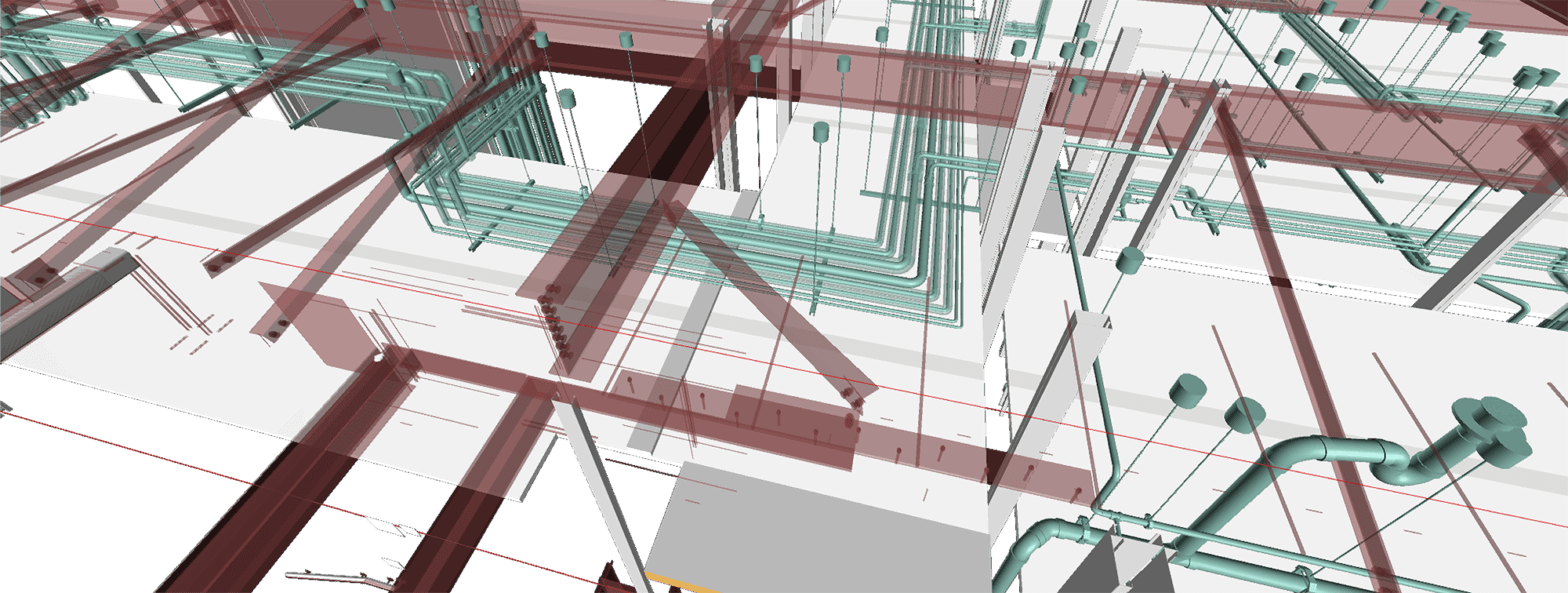
3D Spatial Coordination


- significant savings in team time and resources;
- the ability to delegate the clash detection BIM task to professional performers;
- guarantee of getting 3d clash detection results.
Outsourcing projects is a useful and efficient practice that allows you to save resources and get a high-quality result at the same time.
Building Information Modelling (BIM) is a relatively new technology that has become a standard for architecture and engineering. The main advantage of this technology is the ability to create the most accurate multidimensional models of buildings and to make changes in the process of creation.
BIM is a technology that involves teamwork: models are located in a common repository, and all team members make some changes to them. Teamwork speeds up the process and makes the results more accurate – but it can also naturally lead to the need for Spatial 3D Coordination.
One of the features of BIM is the ability to use Spatial 3D Coordination: it is a way of reconciling and fitting models and their elements. It is not uncommon for the work of different people to need to be coordinated with each other. What are the benefits of Spatial 3D Coordination?
- Ability to spot and fix design flaws as early as the design stage.
- Great savings in resources, from time to drawing supplies.
- The most accurate representation of the configuration and layout of the future building.
To create the most accurate models and perform BIM clash detection, we actively use programs such as Autodesk Revit. Among other things, they help us to identify inconsistencies in various elements and correct them promptly.
Our typical process
3D Coordination – the process used to determine and identify 3D geometric conflicts by comparing 3D models of building systems. The goal of 3D Coordination is to eliminate field conflicts and coordination issues prior to installation.
We use Autodesk Navisworks for clash detection and reporting of coordination issues.
The 3D Coordination process is based on the most current exported NWC files.
Spatial 3D Coordination makes the process of creating a multi-dimensional model quicker, more accurate, and more efficient. This is a specific and complex process that is best delegated to proven specialists if possible.
